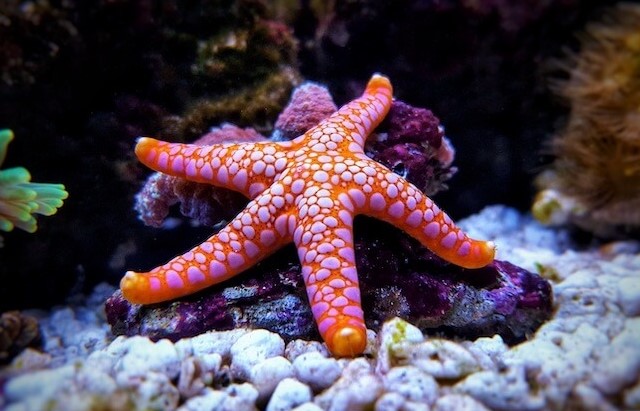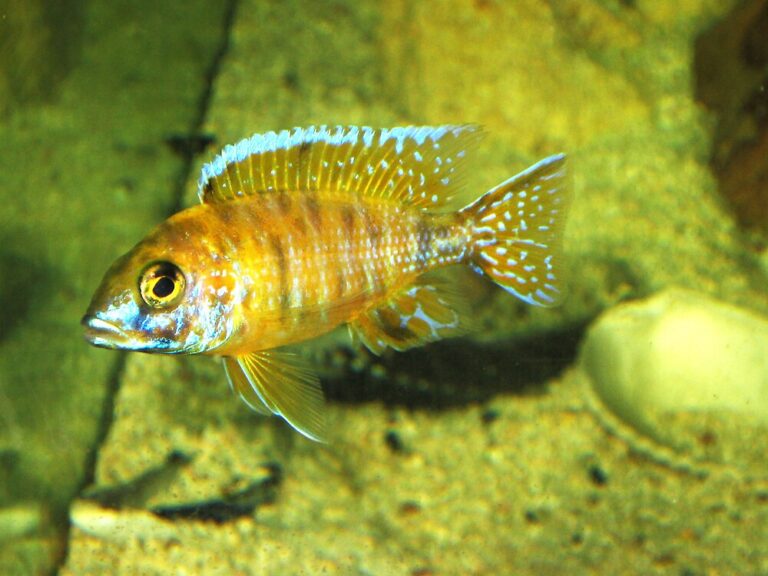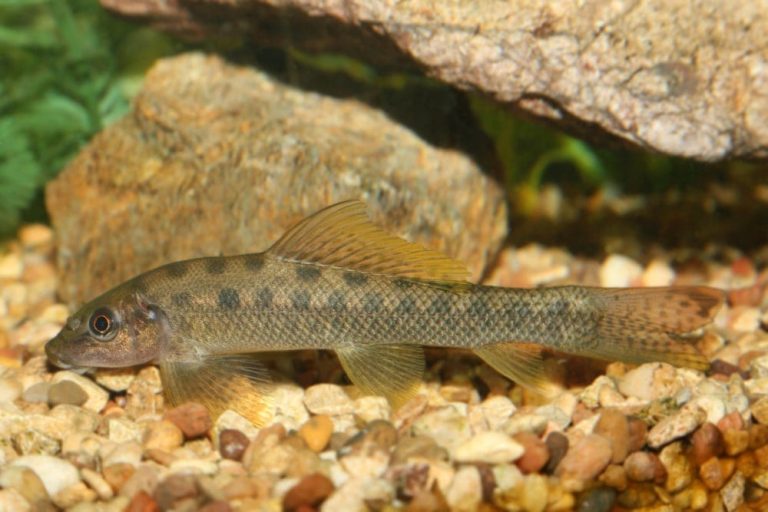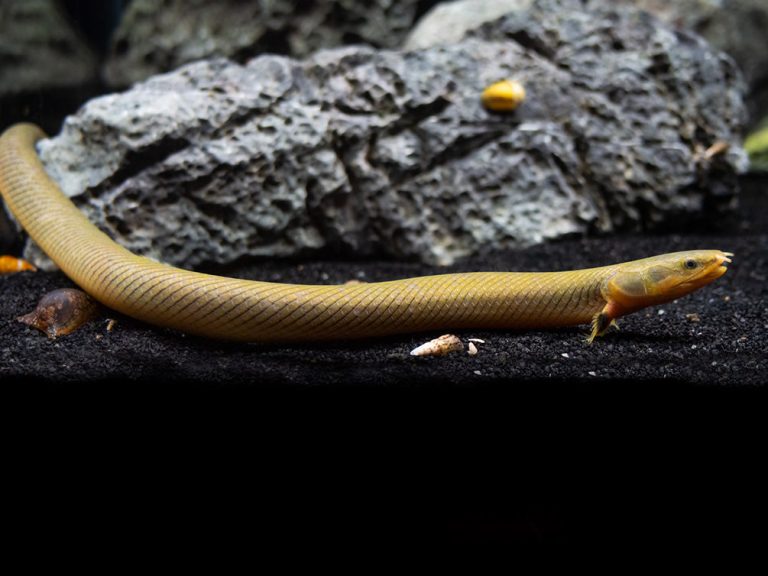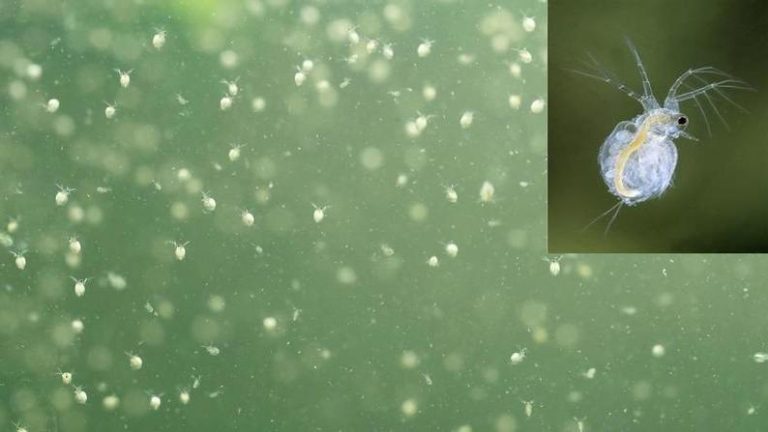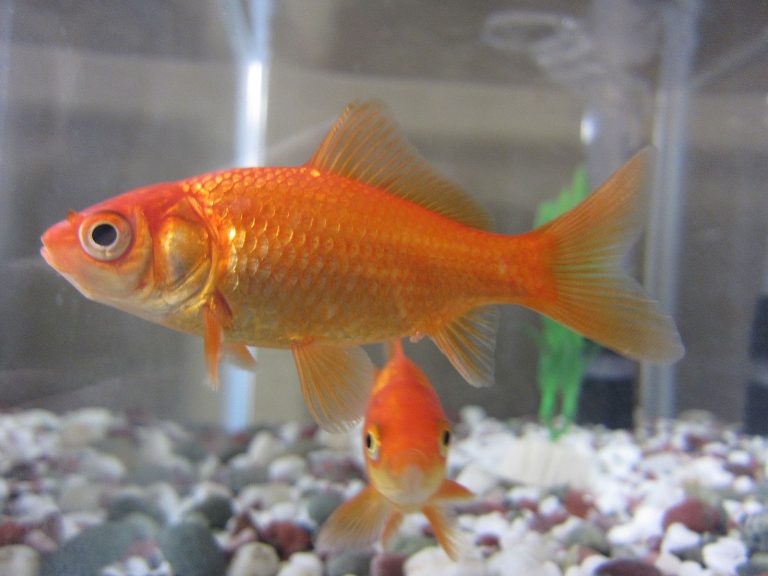What Do Sea Stars Eat: Discover their Surprising Feeding Habits
Sea stars, also known as starfish, eat a variety of prey including clams, mussels, oysters, and small fish. Sea stars are fascinating creatures that come in many different shapes, sizes, and colors.
They are carnivores, which means that their diets consist of other animals. Sea stars have a unique feeding method that sets them apart from other predators in the animal kingdom. They use their arms to pry open the shells of their prey and then extrude their stomachs out of their bodies to digest their food externally.
This allows them to consume prey that would otherwise be inaccessible to them. Sea stars have an important role in marine ecosystems, helping to regulate the populations of their prey and keeping the ocean healthy. In this article, we’ll take a closer look at what sea stars eat and how they feed.

Credit: kids.nationalgeographic.com
Anatomy Of Sea Stars: Unique Adaptations For Feeding
Sea stars, also known as starfish, are fascinating creatures found in oceans worldwide. Their unusual anatomy and unique adaptations make them stand out among other marine animals. In this blog post, we will explore the anatomy of sea stars, with a focus on their feeding adaptations.
Specifically, we will examine their tube feet and suction-cup-like structures on the underside, and discuss how these adaptations help them capture and consume prey.
Discussion Of Sea Star Anatomy, With A Focus On Their Unique Feeding Adaptations
- Sea stars are echinoderms, which means they have a spiny skin and a radial symmetry that allows them to regenerate limbs.
- They have a unique feeding mechanism, which involves extruding their stomachs through their mouths to digest their prey externally.
- In addition to their stomachs, sea stars have specialized adaptations that aid in capturing and consuming their prey.
Examination Of Tube Feet And Suction-Cup-Like Structures On The Underside Of Sea Stars
- Tube feet are used for movement, but they are also involved in feeding. They can extend out of the sea star’s body to capture prey, or to hold onto substrates.
- Suction-cup-like structures, called pedicellariae, are found on the underside of the sea star’s arms. They are used to clean the body surface and capture small organisms that could compete for resources.
Overview Of How These Adaptations Help Sea Stars Capture And Consume Prey
- The tube feet and suction-cup-like structures enable the sea star to hold onto and manipulate its prey.
- The sea star’s ability to extrude its stomach through its mouth and digest prey externally is a unique adaptation that facilitates feeding.
- The regeneration of limbs and other body parts is also important for feeding because damaged structures can be replaced quickly, allowing the sea star to resume hunting and feeding.
Sea stars are fascinating creatures with incredible feeding adaptations. Their anatomy and unique features make them stand out in the ocean and provide an intriguing subject of study for scientists. Understanding how sea stars feed and survive in their environments can give us a deeper insight into the complexity of marine ecosystems.
Common Prey Of Sea Stars: Exploring The Diversity Of Their Diet
Sea stars, also known as starfish, are fascinating creatures due to their remarkable regenerating abilities and unique appearances. However, have you ever wondered what sea stars eat? We explore the diversity of their diet, focusing on the common prey of sea stars.
Introduction To The Wide Range Of Prey Consumed By Sea Stars
Sea stars are predators, and their diet consists of a wide range of prey, varying based on their species and environment. Some sea stars prey on mollusks, while others target crustaceans or even other echinoderms. They use their tube feet and adhesive properties to pry open shells and capture their prey.
Let’s check out the diversity of their diet.
- Mollusks
- Clams
- Oysters
- Snails
- Crustaceans
- Crabs
- Shrimps
- Lobsters
- Other echinoderms
- Sand dollars
- Sea urchins
Overview Of How Prey Selection Varies Based On Sea Star Species And Environment
The prey selection of sea stars can vary depending on the species and environment. For example, the leather star primarily consumes clams, while the sunflower star targets sea urchins. In contrast, the cushion star feeds on small invertebrates such as worms and sponges.
Additionally, environmental factors play a crucial role in the prey selection of sea stars. For instance, the pisaster ochraceus (ochre star) dominates rocky intertidal zones and feeds on mussels that aren’t present in sandier areas.
- The prey selection may vary on species diversity.
- Environmental factors can influence their feeding behaviour as well.
Highlighting Specific Examples Of Prey Consumed By Sea Stars, Including Mollusks, Crustaceans, And Even Other Echinoderms
As mentioned, most sea stars primarily consume mollusks, crustaceans, and other echinoderms. For instance, the common starfish, a species abundant in the atlantic ocean, preys on mussels, oysters, and clams. The blood star, found in the pacific ocean, feeds on sea urchins.
The crown-of-thorns (acanthaster planci), one of the largest known species of sea stars, is infamous for consuming coral polyps on coral reefs.
- Common stars consume mussels, oysters, and clams.
- Blood stars feed on sea urchins.
- Crown-of-thorns eat coral polyps.
The diet of sea stars is vast and diverse, ranging from mollusks, crustaceans, to other echinoderms. The prey selection of sea stars varies based on their species and environment, and they play an essential role in regulating populations of their prey species.
Observing and understanding their feeding behaviour enriches our knowledge of these fascinating and mystical creatures under the sea.
Nutritional Requirements For Sea Stars: Understanding Their Feeding Needs
Sea stars, or starfish, are fascinating creatures that come in a variety of shapes and colors. They are found in oceans all over the world, and have a unique feeding system. But have you ever wondered what sea stars eat?
In this blog post, we will explore the nutritional requirements of sea stars and analyze the importance of specific nutrients in their diets. We will also discuss how sea star feeding habits impact their overall health and survival.
Explanation Of The Nutritional Requirements Of Sea Stars
Sea stars are carnivores, meaning that they only eat meat. They have a unique feeding system that involves pushing their stomach out of their mouth and digesting their prey outside of their body. Some species of sea stars have a preference for specific types of prey, while others are more generalist feeders.
Sea stars require a diet high in protein to maintain their energy levels and support growth.
Analysis Of The Importance Of Specific Nutrients In Sea Star Diets
Sea stars require a variety of nutrients to maintain their health and well-being. Below is a list of some of the most important:
- Protein: As mentioned earlier, sea stars require a high protein diet to maintain their energy levels and support growth.
- Vitamins and minerals: These nutrients are important for overall health and well-being, including maintaining healthy skin and immune function.
- Carbohydrates: While sea stars primarily feed on protein, carbohydrates can provide an additional source of energy.
Overview Of The Relationship Between Sea Star Feeding Habits And Their Overall Health And Survival
Sea star feeding habits are closely linked to their overall health and survival. A diet that is lacking in specific nutrients can lead to malnourishment and disease. In some cases, sea star populations have declined due to changes in their food sources, such as a decline in mussel beds.
Additionally, sea stars can suffer from predation, which can impact their feeding habits and their ability to capture prey.
Sea stars are fascinating creatures with unique feeding habits. Understanding their nutritional requirements is important for their overall health and survival. By ensuring that they have access to a varied and nutritious diet, we can help protect these important members of our oceans’ ecosystems.
The Role Of Feeding Habits In Sea Star Populations: Implications For Conservation
Examination Of How Sea Star Feeding Habits Impact Their Populations
Sea stars play a crucial role in maintaining a balanced marine ecosystem. They are voracious predators, and their feeding habits are known to have a significant impact on their population and surrounding environment. Here are some key points to consider about the impact of sea star feeding habits on their populations:
- Sea stars feed on a variety of prey, ranging from bivalves to crustaceans and even smaller sea stars. Their diet is known to vary depending on their species and habitat.
- Sea star populations can be significantly affected by their feeding habits because they are apex predators in many ecosystems. Changes to their food sources and feeding patterns can cause ripple effects throughout the food web.
- Overfishing and habitat destruction can greatly impact sea star populations by altering their food sources and availability. Additionally, pollution and climate change can also affect sea star populations and distribution.
Discussion Of The Impact Of Human Activity On Sea Star Populations And Feeding Habits
Human activity has led to significant changes in sea star populations and feeding habits. Here are some key points to consider about the impact of human activity on sea stars:
- Overfishing and habitat destruction have led to declines in sea star populations in some areas. These activities can affect sea star feeding habits by altering their food sources and availability, leading to imbalances in the surrounding ecosystem.
- Pollution also poses a significant threat to sea star populations and their feeding habits. Chemicals and other pollutants can accumulate in sea star tissues, affecting their behavior, reproduction, and overall health.
- Climate change is another factor that can impact sea star populations and their feeding habits. Changes in ocean temperature and acidity can affect the distribution and abundance of sea star prey, leading to changes in their feeding habits.
Exploration Of Potential Conservation Efforts To Protect Sea Stars And Their Feeding Habits For Future Generations
Conservation efforts are essential to protect sea stars and their feeding habits for future generations. Here are some potential conservation efforts to consider:
- Establishing marine protected areas can help to protect sea star populations and their feeding habits by reducing the impact of human activity and preserving their habitat.
- Limiting overfishing and adopting sustainable fishing practices can also help to protect sea star populations and their food sources.
- Reducing pollution and addressing climate change are also critical conservation efforts to protect sea stars and their feeding habits.
Overall, understanding the role of sea star feeding habits in their populations is crucial for effective conservation efforts. By addressing the impact of human activity and implementing conservation measures, we can help to protect sea stars and maintain a healthy marine ecosystem.
Frequently Asked Questions On What Do Sea Stars Eat
What Do Sea Stars Eat?
Sea stars eat mollusks, clams, oysters, and snails. They also eat small fish, plankton, and algae.
How Do Sea Stars Digest Their Food?
Sea stars have a unique stomach that can be turned inside out to engulf their food. They then use enzymes to break down their food externally before bringing it back into their body.
How Many Times A Day Do Sea Stars Eat?
Sea stars can eat once a day or once a week depending on food availability. Some species can survive up to one year without food.
Do All Sea Stars Eat The Same Thing?
No, different species of sea stars have different diets. Some species eat only plant matter, while others are predatory and hunt for their food.
Conclusion
Sea stars may not have a complicated digestive system, but they can eat a wide range of items, including shellfish and other small invertebrates. As a keystone species, sea stars play a crucial role in the marine ecosystem and serve as a food source for many predators.
Although they face numerous threats, including climate change and human activities, the sea stars’ ability to adapt and their unique feeding habits have helped them thrive for millions of years. Understanding what sea stars eat can help us appreciate their vital role in our environment and promote conservation efforts to protect the diverse marine life that relies on them.
By learning more about these fascinating creatures, we can better appreciate the complex relationships that exist in our oceans and ensure that these ecosystems remain healthy and vibrant for generations to come.
